San José, biodiversity in a tropical city. (ENG/SPA)
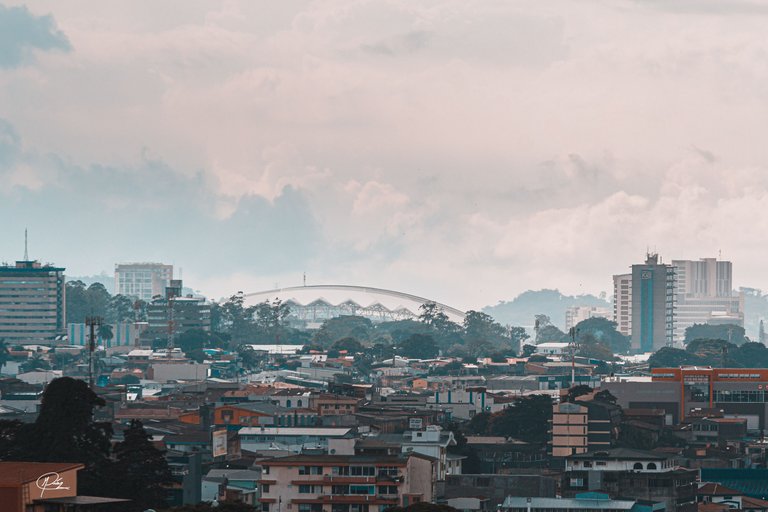
Despite being a tropical country with enormous biodiversity, the main cities of Costa Rica have eliminated, in their accelerated and disorderly growth, most of the forests that once existed in the center of the country. People have become accustomed to living among the concrete, noise and daily hustle and bustle of the urban environment.
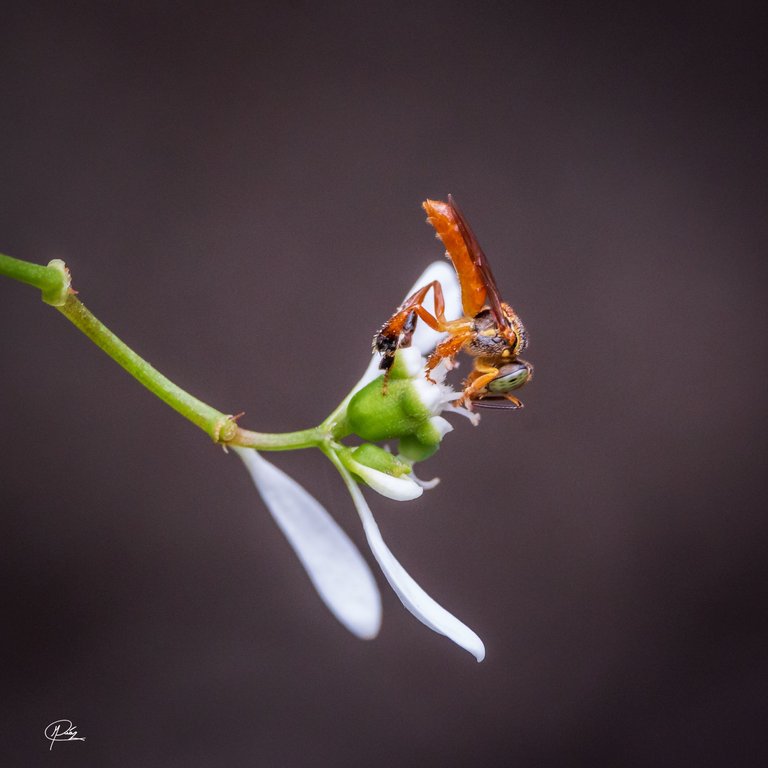
Most do not pay attention to the natural elements that still survive within cities. They are not able to hear the song of birds, nor do they see insects which, in many cases, are seen as a nuisance or pest.
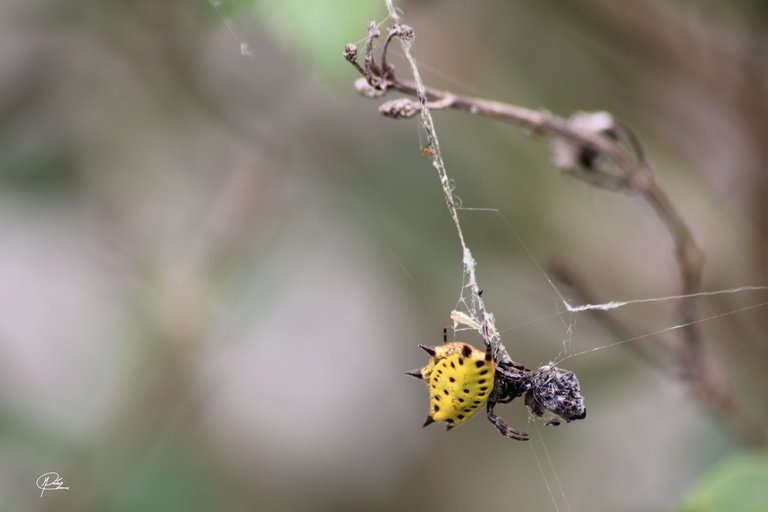
Since my birth I have lived in one of the neighborhoods that limits the south of the city of San José, the capital of Costa Rica. Over the years I have been able to observe the advance of urbanization and the disappearance of many species, which years ago were common, due to the loss of the last patches of forest.
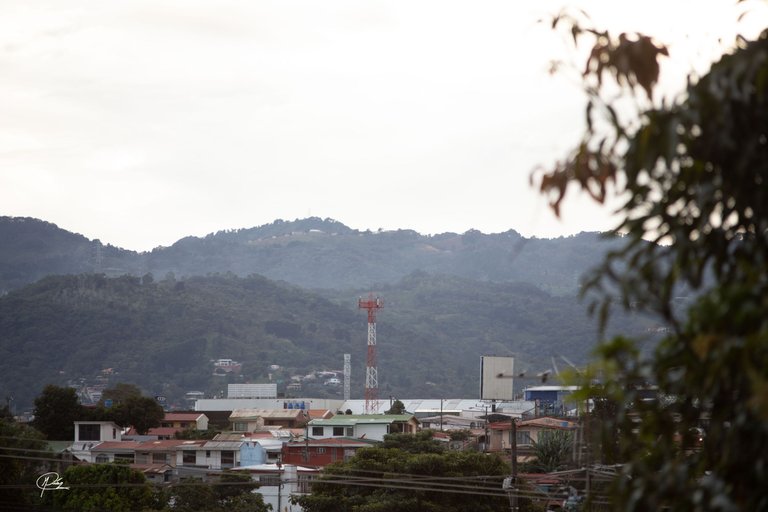
However, for a few years I have given myself the task of recording the biodiversity that can still be observed in the small garden of my house, a small space, about 100 square meters, but which has a great variety of plants and a small lemon tree. . The results of such an observation have been astonishing, as the number of species that still visit cities are larger than you might imagine.
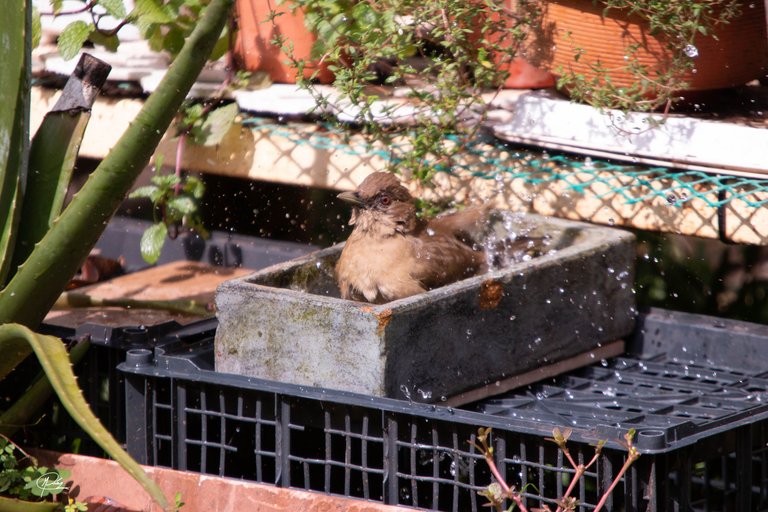
Let's start with my favorites, the birds, of these I have counted about 30 species, among residents of the garden, as occasional species that arrive with migration. Pigeons are the most numerous group in both individuals and species, they have adapted well to the urban environment and thus increased their number.
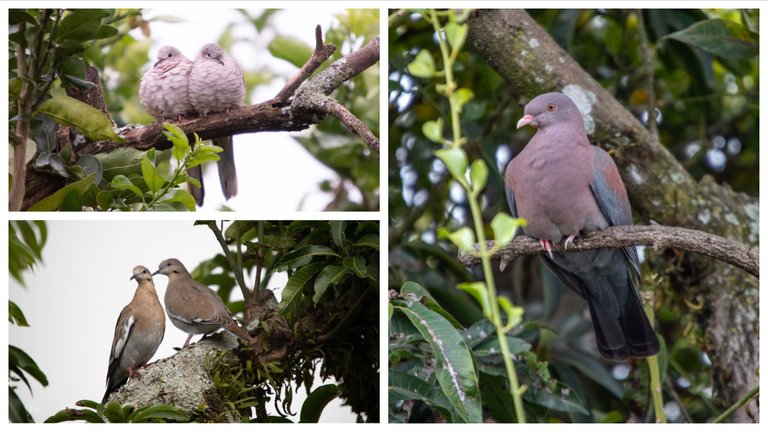
The increase in pigeons has attracted hawks, which were rare to see in the past, but the abundance of food has allowed some migratory individuals to stay in the city. Other notable species are the yiguirros (Turdus grayi Costa Rica's national bird), various species of tanagers, flycatchers and warblers.
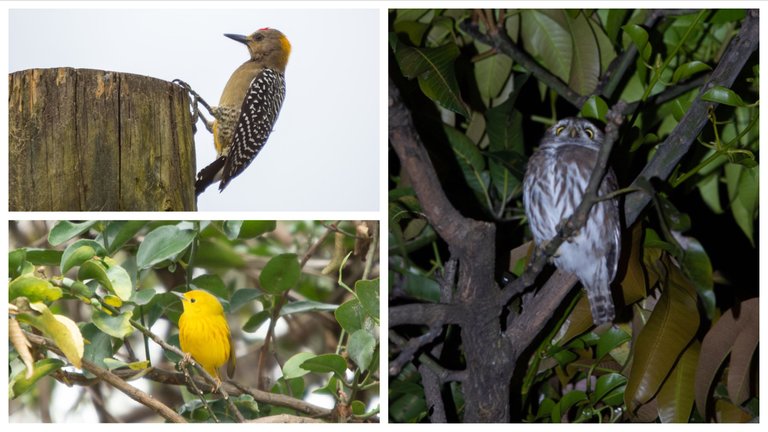
An important group are butterflies, they go more unnoticed than birds, especially because of their size and their smaller number of individuals, but if you look patiently, the numbers are surprising. Although most visits are occasional, over the course of 10 years I have counted more than 100 species of butterflies, some as rare as the blue morpho, which practitioner disappeared from the city and only travels through the vegetation that grows throughout the rivers.
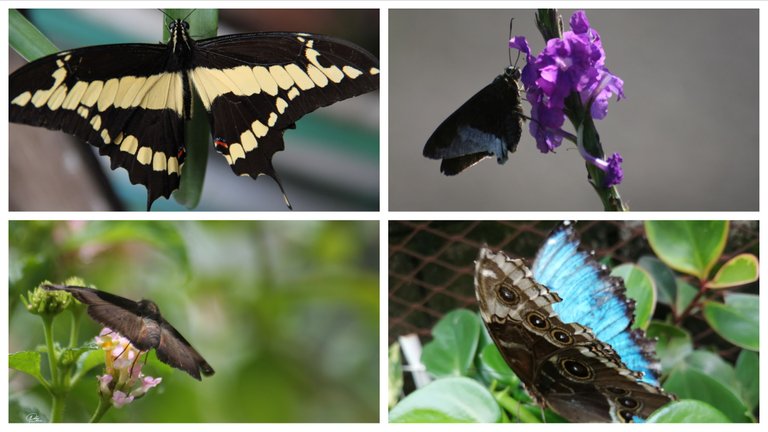
Other groups are the reptiles, with some species of gekos and norops that still survive among the plants of the garden and the concrete walls. The most interesting found in the house is the earth snake, a small snake no more than 20 cm long. It does not have fangs or poison, lives under flowerpots and stones, only hunts at night and feeds on small insects such as cockroaches.
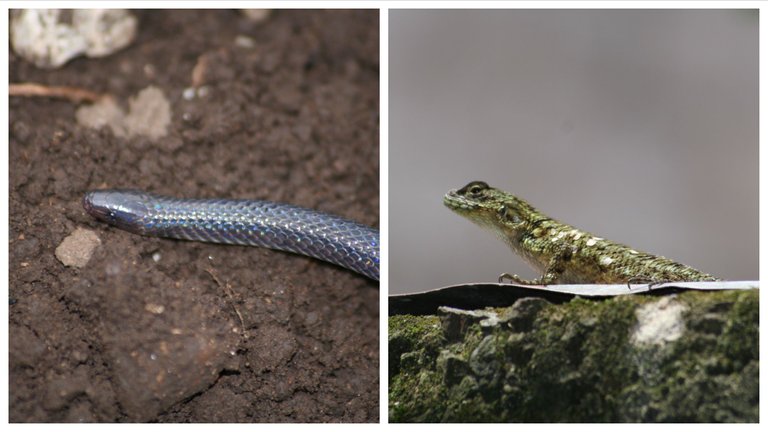
Well, this has been a small sample of what can still be observed in the urban environments of Costa Rica. For now I leave out the plants as many have been introduced to the garden, although others such as ferns reproduce naturally. But that will be the subject of another post.
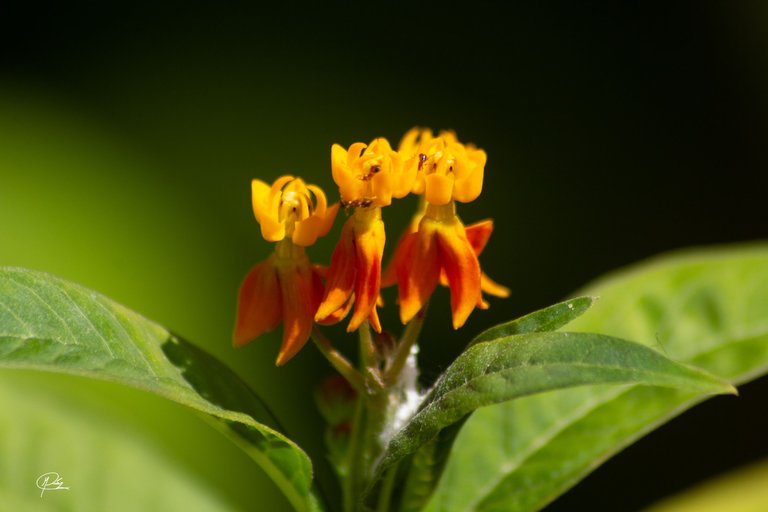
## Versión en español
A pesar de ser un país tropical de una enorme biodiversidad, las principales ciudades de Costa Rica han eliminado, en su acelerado y desordenado crecimiento, la mayoría de bosques que alguna vez existieron en el centro del país. Las personas se han acostumbrado a vivir entre el cementos, el ruido y el ajetreo diario del ambiente urbano.
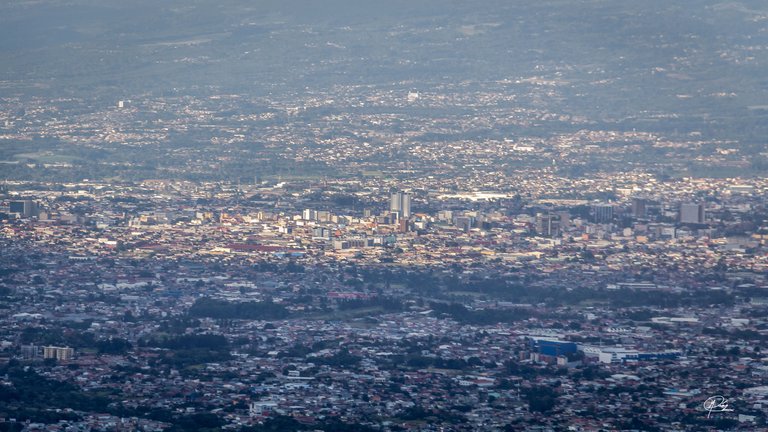
La mayoría no presta atención a los elementos naturales que aún sobreviven dentro de las ciudades. No son capaces de escuchar el canto de las aves, ni ven a los insectos lo cuales, en muchos casos, son vistos como una molestia o plaga.
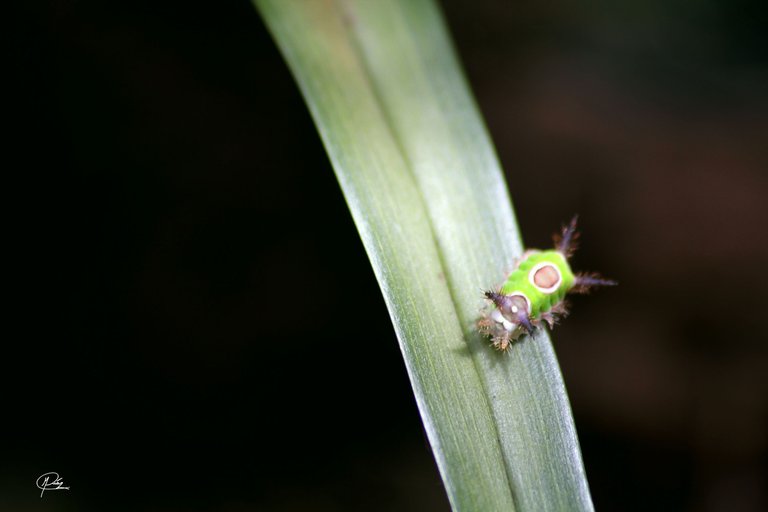
Desde mi nacimiento he vivido en uno de los barrios que limita al sur de la ciudad de San José, la capital de Costa Rica. A lo largo de los años he podido observar el avance de la urbanización y la desaparición de muchas especies, que años atrás eran comunes, por la perdida de los últimos parches de bosque.
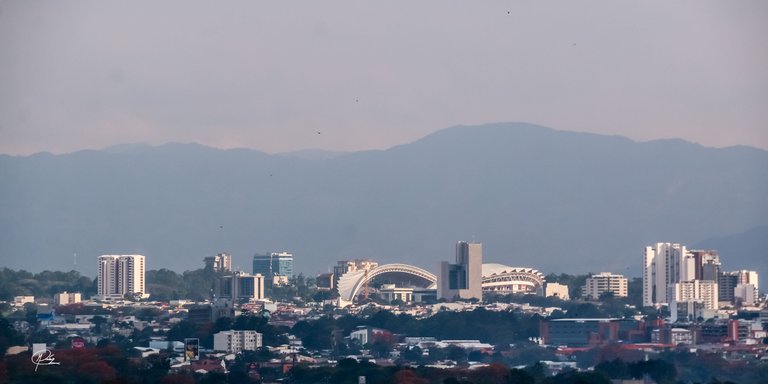
Sin embargo desde hace unos años me he dado a la tarea de registrar la biodiversidad que aún puede ser observada en el peque jardín de mi casa, un espacio pequeño, de unos 100 metros cuadrados, pero que poseen gran variedad de plantas y un pequeño limonero. Los resultados de tal observación han sido asombrosos, pues la cantidad de especies que aún visitan las ciudades son más grandes de lo que podría imaginar.
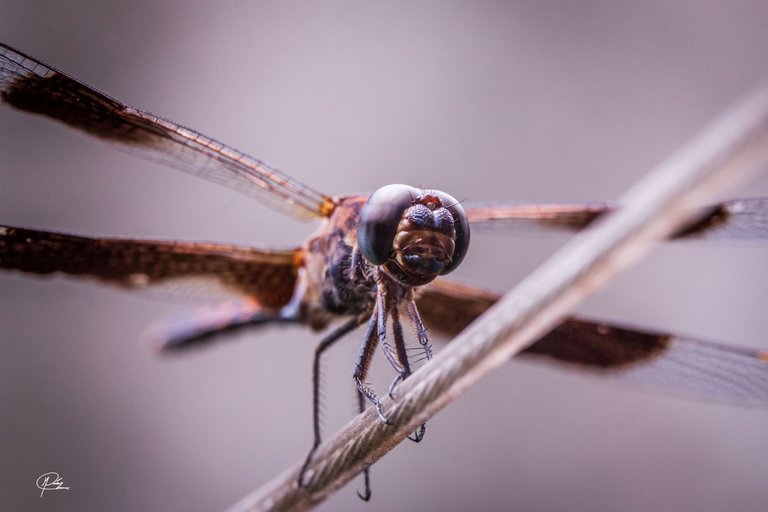
Empecemos por mis favoritas, las aves, de estas he contado alrededor de unas 30 especies, entre residentes del jardín, como especies ocasionales que llegan con la migración. Las palomas son el grupo más numeroso tanto en individuos como especies, se han adaptado bien al ambiente urbano y con ello aumentado su número.
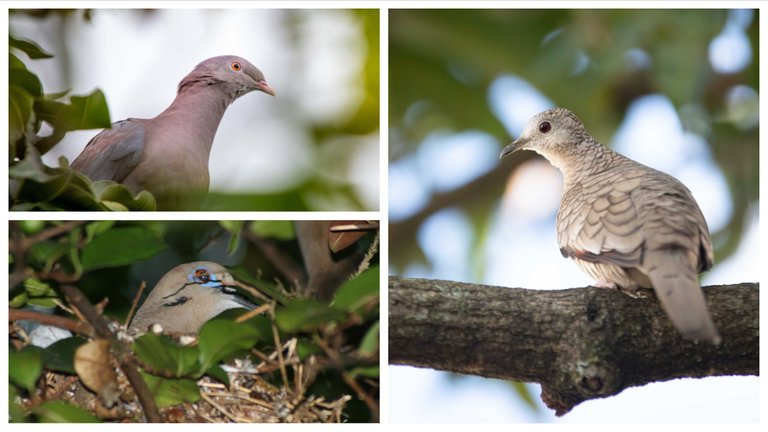
El aumento de las palomas ha atraído a los gavilanes, los cuales eran raros de ver en el pasado, pero la abundancia de comida ha permitido que algunos individuos migratorios se queden en la ciudad. Otras especies destacadas son los yiguirros (ave nacional de Costa Rica), varias especies de tangaras, atrapamoscas y reinitas.
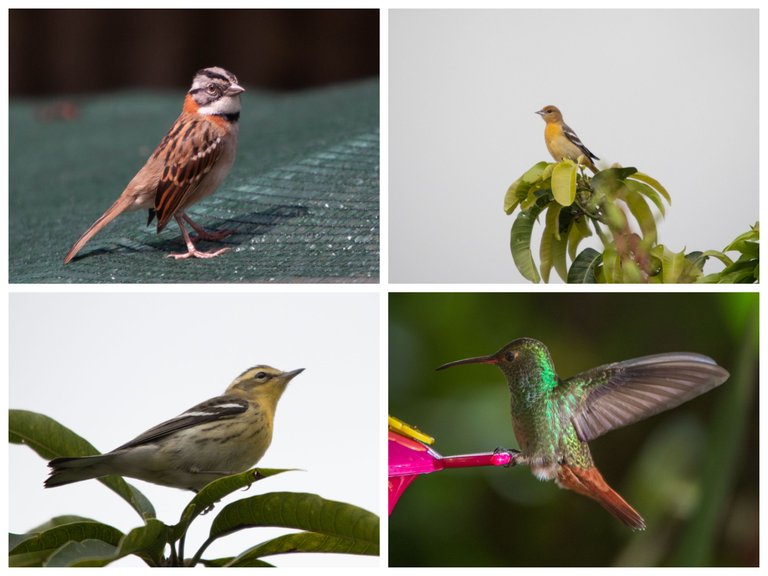
Un grupo importante son las mariposas, pasan más desapercibida que las aves, especialmente por su tamaño y por su menor número de individuos, pero si se observa con paciencia los números son sorprendentes. Aunque la mayoría de visitas son ocasionales, a lo largo de 10 años he contabilizado más de 100 especies de mariposas, algunas tan raras como la morpho azul, la cual practicante desapareció de la cuidad y solo viaja por la vegetación que crece a lo largo de los ríos.
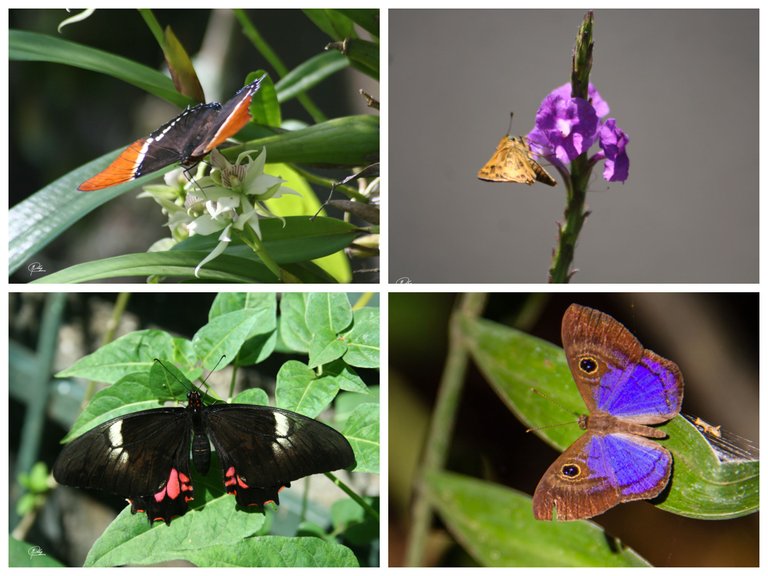
Otros grupos son los reptiles, con algunas especies de gekos y norops que aun sobreviven entre las plantas del jardín y las paredes de concreto. La más interesante encontrada en la casa en la serpiente de tierra, una pequeña culebra de no más de 20 cm de largo. No posee colmillos ni veneno, vive debajo maceteros y piedras, solo caza de noche y se alimenta de pequeños insectos como las cucarachas.
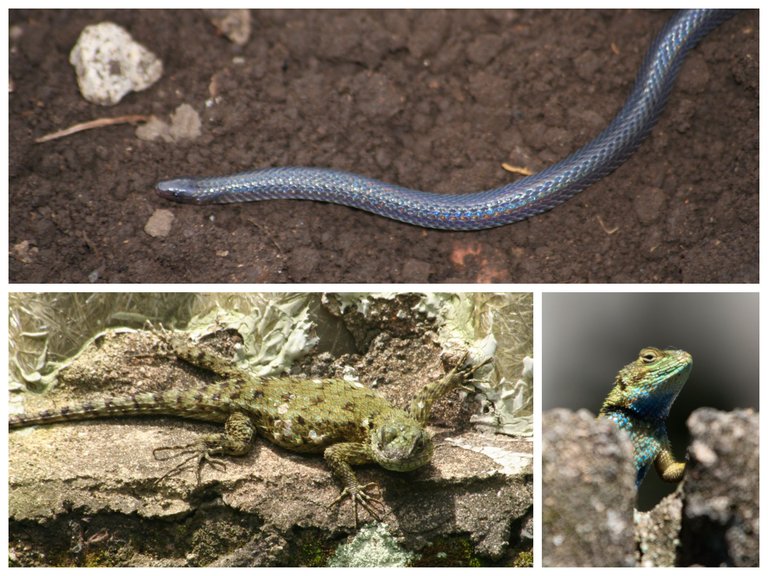
Bueno, esta ha sido una pequeña muestra de lo que aún se puede observar en los ambientes urbanos de Costa Rica. De momento dejo fuera las plantas pues muchas han sido introducidas al jardín, aunque otras como los helechos se reproducen de forma natural. Pero eso será tema de otra post.
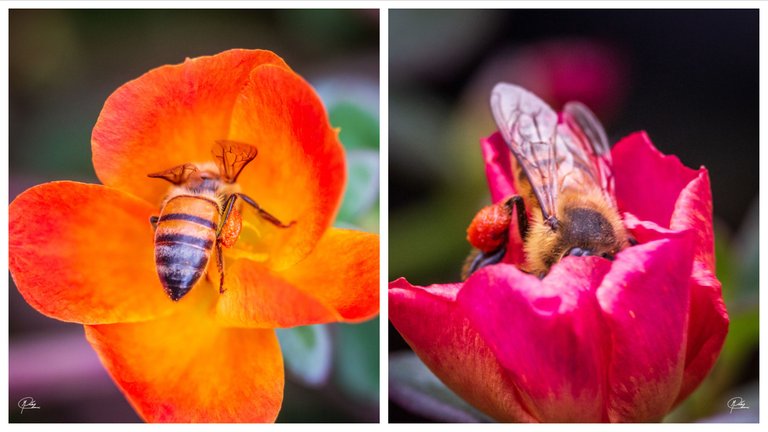
Congratulations @photographercr! You have completed the following achievement on the Hive blockchain and have been rewarded with new badge(s):
Your next target is to reach 93000 upvotes.
You can view your badges on your board and compare yourself to others in the Ranking
If you no longer want to receive notifications, reply to this comment with the word
STOPTo support your work, I also upvoted your post!
Check out the last post from @hivebuzz:
Congratulations, your post has been added to Pinmapple! 🎉🥳🍍
Did you know you have your own profile map?
And every post has their own map too!
Want to have your post on the map too?
Your content has been voted as a part of Encouragement program. Keep up the good work!
Use Ecency daily to boost your growth on platform!
Support Ecency
Vote for new Proposal
Delegate HP and earn more
congratulations. It was like watching a documentary. your shots are amazing. I will stay tuned.
Thank you very much for your comment, I am glad you liked the post 😀
Wonderful macro images, @photographercr.